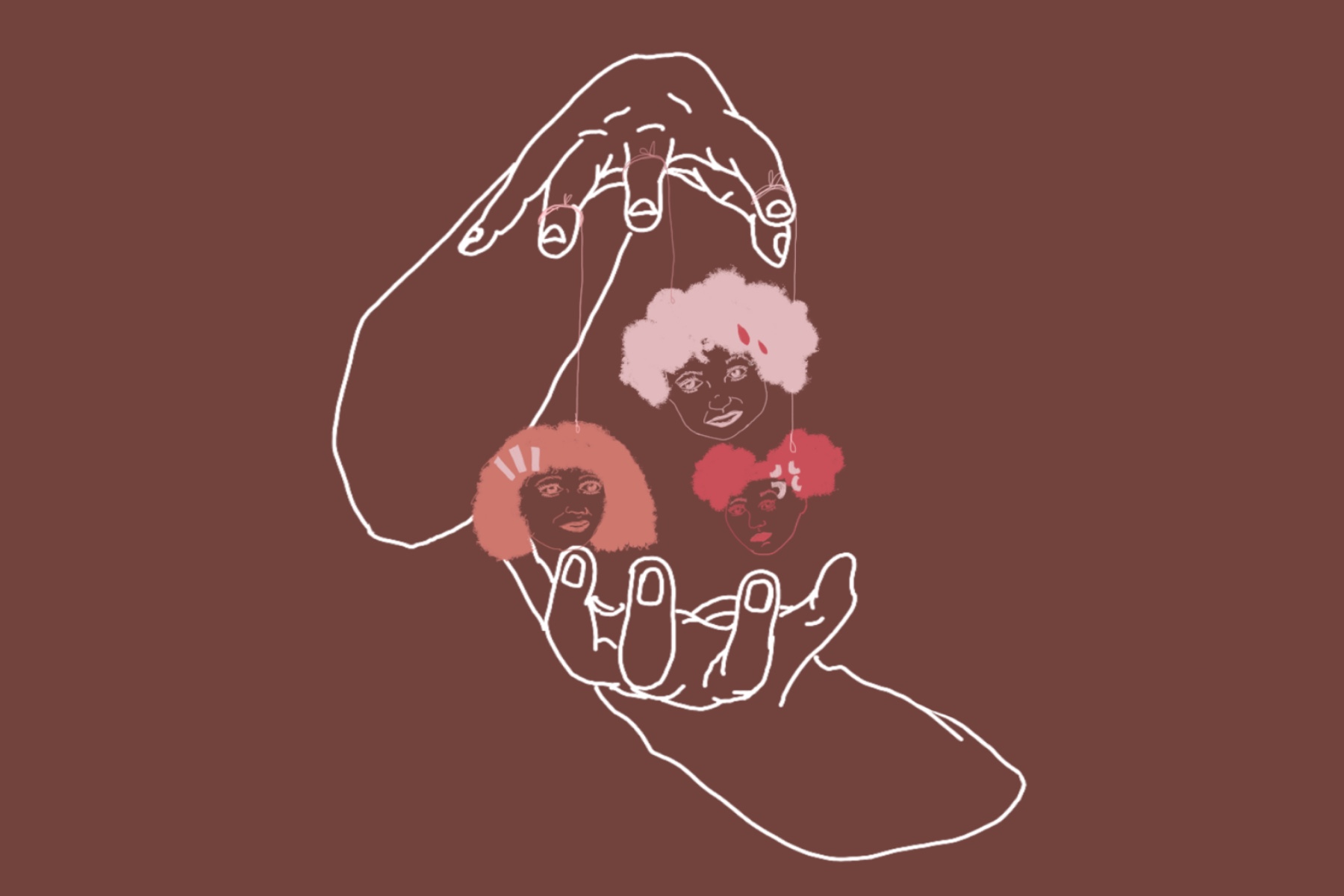College is hard for everyone. By leaving the comfort of their family home, their friends and essentially their entire lives, students endure enormous amounts of stress and anxiety when transitioning to life on a college campus.
From adapting to harder classes and making new friends, to learning how to live on their own, students are tossed into an entirely new world. However, the obstacles do not stop here, and certain student populations face a larger array of difficulties than others. When looking around their college campuses, students will find that the majority of students look the same — white.
Despite the passing of affirmative action, black and Latinx populations have become increasingly smaller on U.S. college campuses, being overrun by a growing number of white students. In 2017, black students made up a mere 6 percent of college freshman in the United States.
Yet, despite the depletion of these minority populations, Asian populations have been steadily increasing on college campuses, and on some college campuses, Asian populations have even caused white populations to drop below 50 percent. That being said, white populations continue to hold larger percentages of students on almost all college campuses than any other demographic.
In addition to making up less of the population on college campuses than white students, those of minority races often face different, and typically higher, expectations than white students. The New York Times found that Asian student populations, although steadily increasing throughout the years, often feel they are held to higher standards than their white counterparts. So, despite gaining more representation, they are still separated from white students due to differences of expectations of behavior and performance on their college campuses.
Latinx and black students might face these obstacles as well. Statistics from the United States Department of Education revealed that 41 percent of African American and 61 percent of Latinx students were classified as first-generation college students in 2012. So, black and Latinx students might be more likely to feel greater pressures, both academically, behaviorally or socially, than their white peers on college campuses.
The additional pressure of proving oneself, impressing one’s family or other expectations first-generation college students face from themselves and their families, causes these minority students to have much different college experiences from the majority of their white peers. For instance, they may choose to forgo the popular party scene in favor of the library in order to perform as well as possible in their academic endeavors.
While all students experience the academic side of college — after all, isn’t that the point? — missing out on the long awaited party scene significantly alters one’s college experience from what it could have been. Obviously, party culture is not the most important aspect of college, but it is the main way in which many students socialize with their peers on college campuses. Not only do these scenes broaden their horizons to meet more people, but they may push one out of his or her comfort zone in a positive way.
A similar phenomenon may happen in terms of clubs and other social organizations on college campuses. Due to their first-generation status, many black and Latinx students may choose one of two paths: opting out of clubs and social groups in order to spend more time studying, or joining as many clubs as possible in order to not only take advantage of their opportunities, but also to get involved on campus as much as possible. Both options may cause these students to fail to broaden their group of friends, meet new people and step out of their comfort zones.
Although joining many groups may seem like the perfect way to meet more people, spreading oneself too thin between all of these groups and school work will likely take up all of one’s time, leaving him or her no time to socialize, form lasting bonds with new friends or have time to relax beneath the pressures of being on a college campus.
Life as a non-white on college campuses is also widely affected by the separation of many groups and organizations by race. For instance, many fraternity and sororities outside of the Panhellenic and Interfraternity Council organizations are race-specific. Organizations such as, Delta Sigma Theta, a historically black sorority; Kappa Alpha Psi, a historically black fraternity; Lambda Pi Chi, a Latina sorority and Lambda Theta Phi, a Latino fraternity.
While these organizations allow these minority groups to come together in support and commonality, one can’t help but note the feelings of separation and exclusion between these organizations and traditional Greek organizations. IFC fraternities and Panhellenic sororities across all college campuses in the country are largely dominated by white students, and it is easy to believe each race has its own organizations when there are so many race-specific groups for the minority groups on college campuses.
This separation may cause non-white students to feel they don’t truly belong on campus, but rather must find their own space in which to feel welcome and accepted. Thus, feelings of being ‘the other’ on campus rather than a ‘normal’ student are reinforced.
So, there are national organizations for black and Latinx students, but what about students of other races? While small clubs may exist, they will rarely amount to the magnitude of Greek organizations, leaving these students to feel even more out of place.
Speaking of otherness and feelings of not belonging, racism is inevitable for non-white students on college campuses. Whether students are at a northeastern liberal arts college, or a southeastern state school, racism is everywhere, and its presence cannot be ignored. Whether it be the presence of the Silent Sam statue on campus at the University of North Carolina at Chapel Hill, blatant racist comments by white students or the subtle separation of peers by skin color, racism affects all non-white students at some point in their college careers.
Statement from Student Body President DaVanta Parker and the New Breed Administration Regarding Silent Sam at The University of North Carolina at Chapel Hil. pic.twitter.com/ZDgQXlBwrZ
— NCCU SGA (@nccusga) December 11, 2018
So, no matter how far our nation believes it has moved away from racism, separation still exists — even among younger generations. When will non-white students finally feel they belong on their college campuses?
















